Figures & data
Table 1. Summary of previous work on the effect of variability of feeding stations on the performance of assembly systems
Table 2. Factors and their levels.
Figure 1. Illustration of the two types of assembly systems considered in the study.
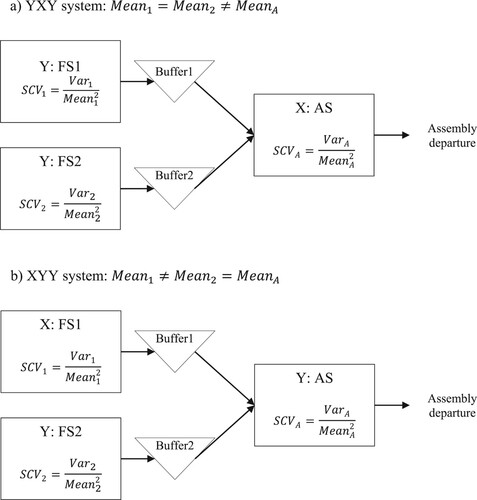
Table 3. List of abbreviations used throughout the manuscript.
Figure 2. TH for different levels of WT and VT, (a) SumVar = 1, (b) SumVar = 8, YXY systems.

Figure 3. Normalised percentage capacity utilisation levels of the assembly station by different feeding variability and SumVar values, YXY systems.
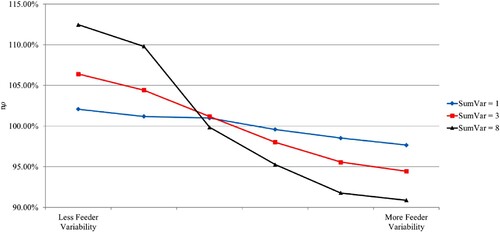
Figure 4. IDSCV for different values of WT and VT, (a) SumSCV = 1, (b) SumSCV = 8, YXY systems.
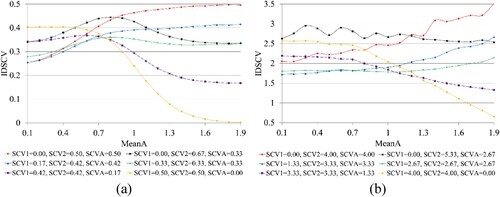
Figure 5. nTA for different values of WT and VT, (a) SumVar = 1, (b) SumVar = 8, YXY systems.
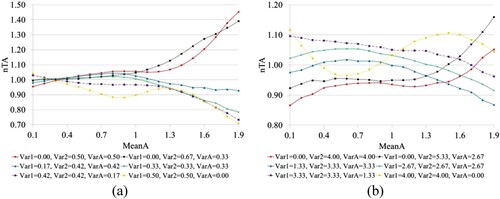
Figure 6. TH for different levels of WT and VT, (a) SumVar = 1, (b) SumVar = 8, XYY systems.
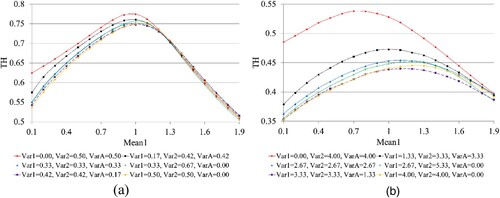
Figure 7. IDSCV for different values of WT and VT, (a) SumSCV = 1, (b) SumSCV = 8, XYY systems.
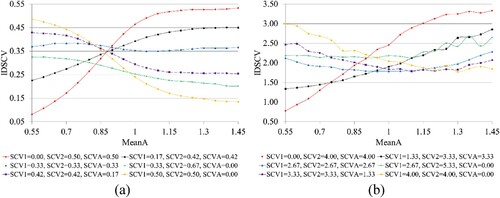
Figure 8. nTA for different values of WT and VT, (a) SumVar = 1, (b) SumVar = 8, XYY systems.
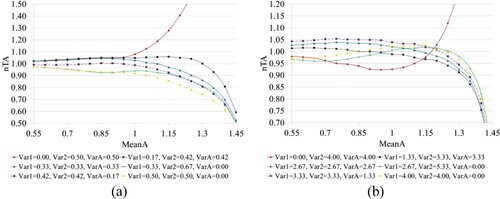
Supplemental Material
Download MS Excel (160 KB)Supplemental Material
Download MS Word (31.6 KB)Data availability statement
The data that support the findings of this study are available from the corresponding author, RRS, upon reasonable request.
